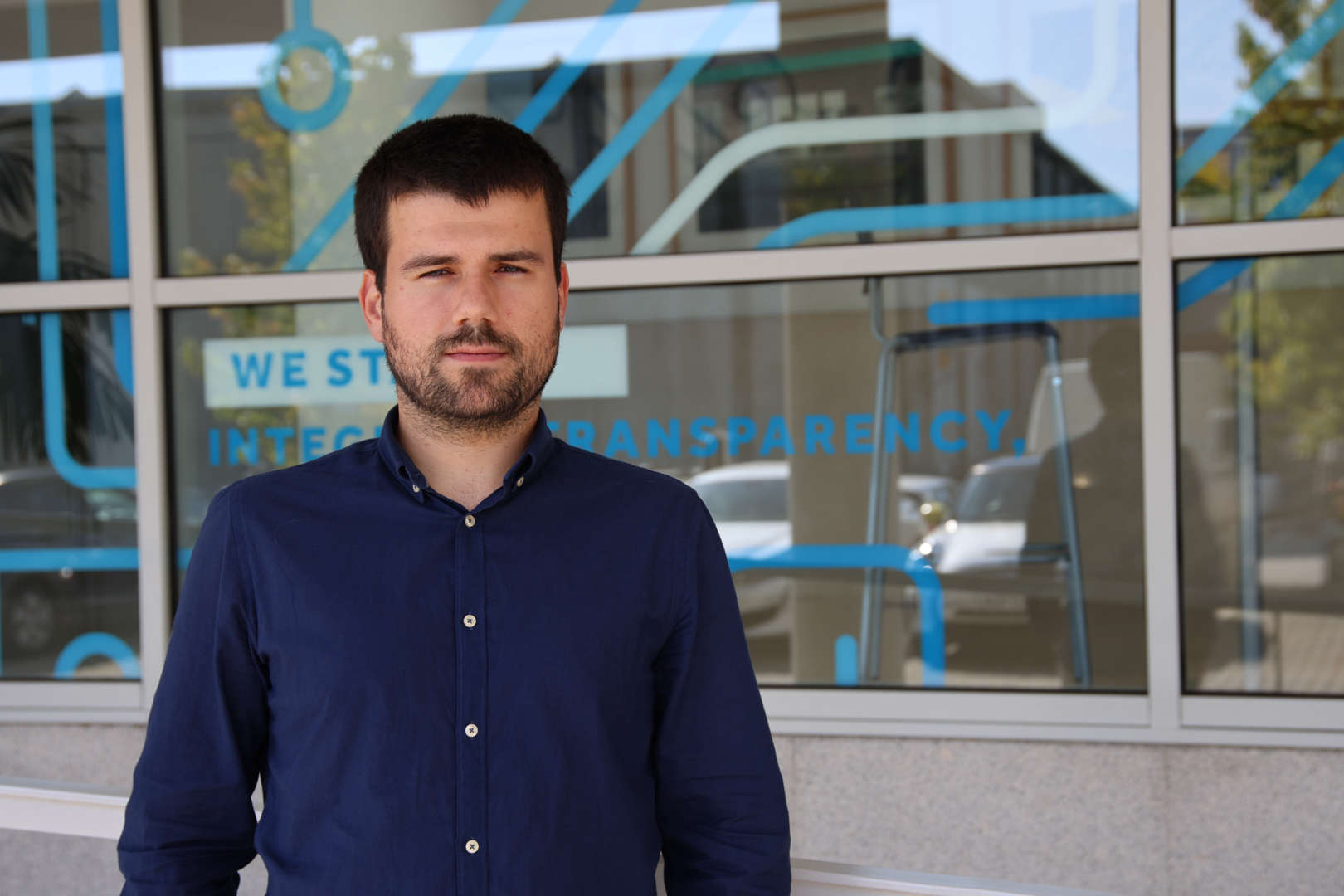Sobre
Ricardo B. Sousa (nascido em 1997 em Vila Nova de Gaia, Portugal) é investigador no CRIIS - Centro de Robótica Industrial e Sistemas Inteligentes do INESC TEC - Instituto de Engenharia de Sistemas e Computadores, Tecnologia e Ciência. Mestrado em Engenharia Eletrotécnica e de Computadores (EEC) pela Faculdade de Engenharia da Universidade do Porto (FEUP), onde desenvolveu a sua dissertação sobre calibração extrínseca de sensores e odometria em robôs móveis. Atualmente, candidato ao grau de doutor em EEC na FEUP, focando a sua investigação em localização e mapeamento em ambientes dinâmicos por longos períodos de tempo de operação. Para além disso, é membro ativo da equipa de robótica 5dpo da FEUP, que participa em competições de robótica a nível nacional e internacional, onde contribui para o desenvolvimento e estudo de soluções em perceção, design de robôs e integração de sistemas. Os seus principais interesses de investigação incluem perceção, fusão sensorial, localização e mapeamento simultâneo (SLAM), calibração de sensores, sistemas de controlo e robôs móveis.


